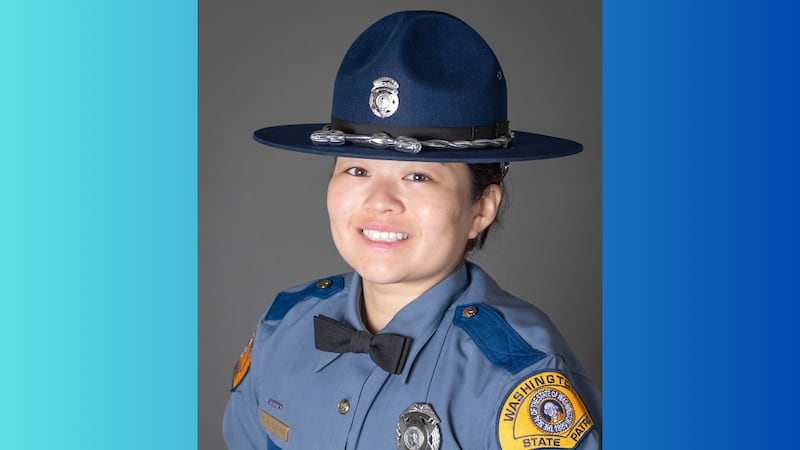SEATTLE — Southwest Airline Capt. Tammie Jo Shults, the pilot credited with having "nerves of steel" for her cool demeanor during a mid-air engine explosion on Tuesday, is also being praised for her efforts by a local retired United Captain whose heroic efforts to save lives in a 1989 crash made him a legend before the world ever heard of "Sully."
Scroll down to continue reading
More news from KIRO 7
- 'U SUCK' appears on I-5 traffic sign
- Undercover author: Amazon warehouse workers pee in bottles, culture like 'prison'
- Indiana woman asks firefighter to treat stoned raccoon
- Woman in critical condition following burglary and assault in Mountlake Terrace
- Man poses as soldier, steals diamond worth $100,000
"I know she must have been blindsided by what happened," said Al Haynes, who at age 87 still shares the lessons of his crew's life-saving teamwork -- recounting how they figured out a way -- on the fly -- to skid the plane to a tumbling landing on a Sioux City runway.
Haynes was in the cockpit of United Flight 232, with 285 passengers and 11 crew members when the DC-10's tail engine exploded in flight over Iowa.
Shrapnel from the engine ripped through the jumbo jet's hydraulic system. Haynes and his crew quickly realized they were in a situation no airline pilot had ever trained to handle. The plane had no steering. The teamwork Haynes led in the cockpit was reenacted by Charlton Heston in a movie about the crash.
Of the 295 who boarded Haynes' flight, 185 survived.
"If you panic, you're dead, period," said Haynes, who heard the air traffic control recordings between Shults and the control tower. "She was calm, she didn't panic, she did exactly as she was trained. She lost an engine and lost pressure, which makes a pilot wonder if there's a bomb or something."
"If you panic, you can't concentrate, you can't follow the protocol. You're not going to work together with anyone panicking. You all have to stay calm and follow your training."
Both Haynes and Shults have something else in common. Both flew in the Navy. Shults is regarded as a groundbreaker for women. She was among few female fighter pilots, and she was highly respected for her skill.
"I think that probably made her more prepared," said Haynes. That and all the training. "It's a team effort. It's a whole crew getting together to solve a problem."
Haynes says every commercial airline pilot now trains to deal with what happened to his flight in 1989. At the time, they'd never even practiced it.
"People should know their crew is highly trained to deal with everything," Haynes said. "If they weren't, the airline would not have them up there."
Cox Media Group





